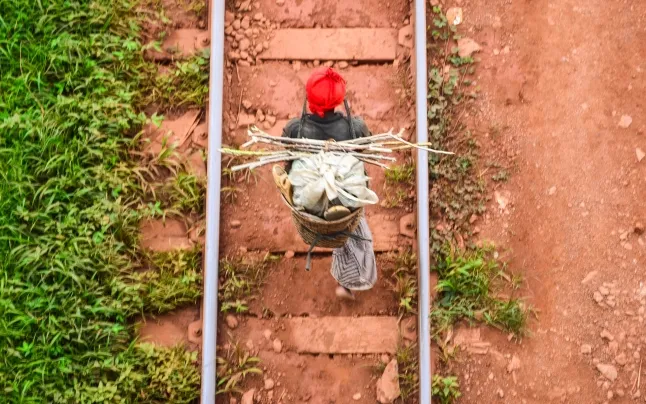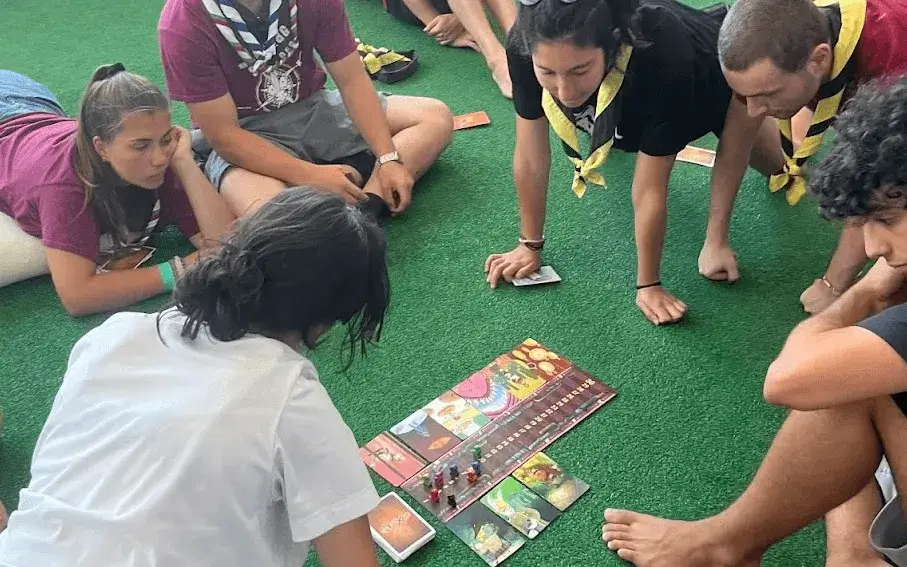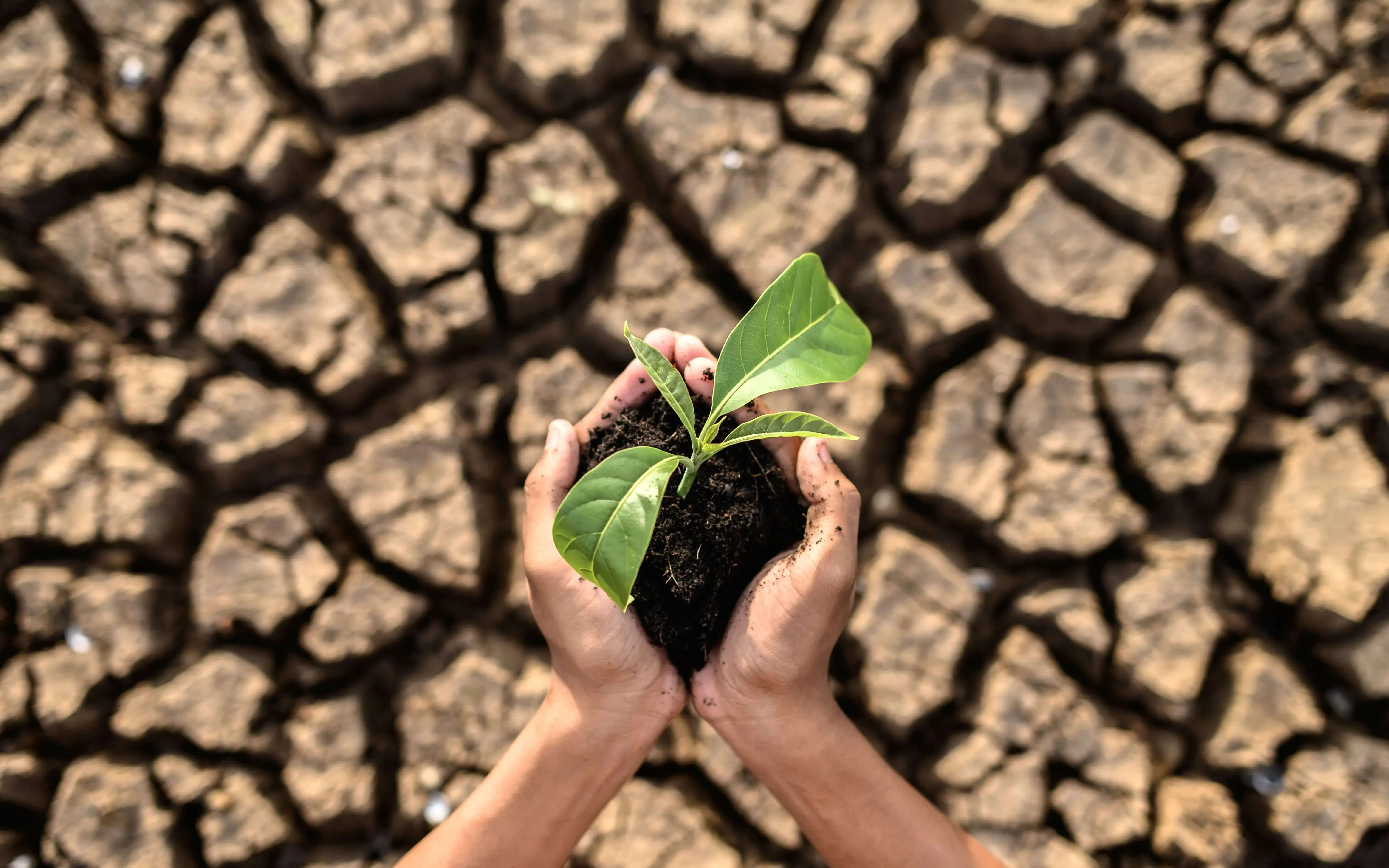The dissemination of information about countries in conflict or other problems from entities and the media must contribute to international cooperation that is equal and respectful of global justice.
From journalism and third sector communication it is important to align with global justice. International development and solidarity are changing, and the emergence of new challenges of great magnitude such as the health crisis or the climate emergency call for a global approach, where information is distributed equally, contributing to cooperation.
For all this, Lafede.cat led the European project ' Devreporter - Network of professional journalists of communication for development ', the main results of which were gathered in the document ' Vademècum for responsible international information ', where they are collected recommendations on responsible international communication. Below are these tips summarized in 8 points.
Communication here refers to both that which is carried out by the media and that which arises from entities and organizations . The term 'international', on the other hand, refers to all those contents that have to do with areas external to the country from which it is communicated, either to raise funds, look for partners, ask for volunteering or aid, or disseminate information of interest.
Global and intersectional perspective
For responsible communication , and especially in the case of the international arena, it is important to approach the facts from a global perspective . This means, specifically, coming up with formats that allow providing context on the events and projects and on the environment where they are taking place, as well as exposing their causes.
The aim is to gain perspective, covering the facts in an integral way , portraying the dynamics and interdependencies between past, present and future. This will allow to arouse the interest of the public and underline the importance of the commitment of the citizens .
This does not mean, however, to leave aside the intersectional perspective . Generally, the impact of issues will be different according to people's gender, age or ethnic group, and it is essential to provide data that reflects this.
Solution journalism
Just as the causes and everything related to the problems are depicted, it is also important to describe the possible solutions . It is a matter of shaping the approaches proposed by the various agents , explaining the actions they propose and the role played by civil society .
The aim is to contribute to reflection , and to show that in no case is this a lost cause, and that everyone can have a minimal contribution to the solutions.
No sensationalism or victimization
The journalism of solutions described in the previous section also contributes to not falling into victimization or sensationalism . In this sense, it is important to take into account the vocabulary, avoiding stereotypes and discrimination, leaving the androcentric terminology . It will also be necessary to stay away from concepts with negative connotations . For example, 'aid' does not mean 'cooperation', and words like 'Third World' or 'underdeveloped' are outdated and do not faithfully portray the realities they are supposed to symbolize.
It is also crucial to pay attention to the images. It is necessary to ask for the consent of the people who appear in the different communications, and never to disseminate photographs that may violate human dignity. Special care must also be taken with images of children . Most of the times they are used, it falls into instrumentalization and sensationalism, and directly attacks the rights and dignity of children .
On the contrary, the purpose must be to show the towns and communities not as victims but as fighters . It is possible that they are in a vulnerable situation , but in no case is the situation irreversible. Nor is it a question of portraying them as if they were to blame for remaining in this situation: there are responsibilities behind it.
Visibility of 'primary sources'
In relation to the above paragraphs, the communications must show the countries where the problems are as active agents , involved in international cooperation actions and in their own development. This means giving a voice to citizens, the government and local professionals. They are direct witnesses, primary sources, with more ability to faithfully portray the situation than the NGOs that act there.
A very simple way to do this is to work together with journalists and media from these countries, asking them for help to address issues of substance, of social problems , without limiting themselves solely to the projects carried out by the organizations.
If what you want is precisely to portray the actions of NGOs , it is important to do so by pointing out the alliances with the locality, putting the actions of the entity in perspective, and approaching cooperation from a multiplicity of aspects (politics, economic, cultural...).
International reality and local media
Linked to communications relations with professional people and the local media of the country , it will also be interesting to establish the dynamic in reverse and promote the treatment of international reality from the local media to promote mutual knowledge .
To do this, it will be necessary to know the interests and the immediate problems of the local context in order to make suitable proposals for local journalism. In turn, it will be about giving space for local communicative practices, which can also offer inspiration at an international level.
Monitoring journalism
In international communications it is important to differentiate between development and emergency actions. To do this, it is important to promote follow-up journalism, that is to say, one that comprehensively addresses the issues dealt with over time. This means leaving catastrophism aside , avoiding limiting messages to conflict and disaster. It is about providing regular information on the evolution of situations .
This also means making diffusions that do not simplify the problematic of the conflict , but also looking for simplicity, avoiding the merely technical presentation of cooperation and without neglecting the political dimensions that are linked to it.
Journalistic information
All that is discussed in this resource must not only be taken into account by the media, but also by entities in their communications. And it is important that these are not limited only to the activities carried out by the organization , but that they also disseminate information about the environment in which they operate, the causes of conflicts...
This will not only allow them to justify the need for their actions, but also, and especially, to function as speakers and links with the international media, contributing to make a faithful portrait of the country where they act and in line with its values.







Add new comment